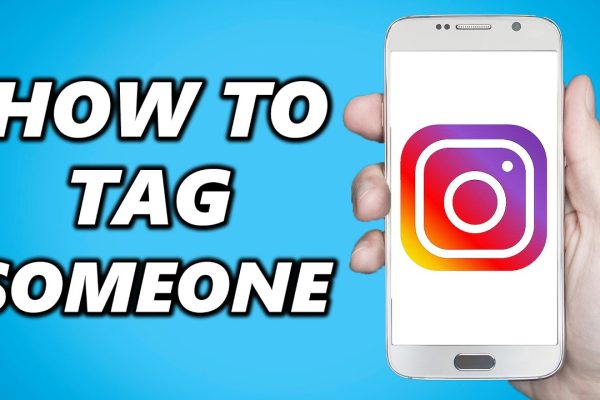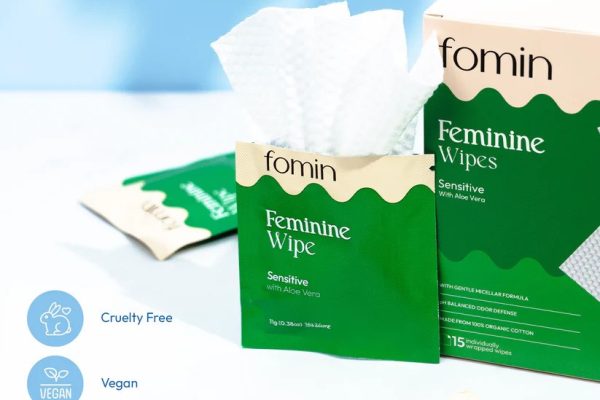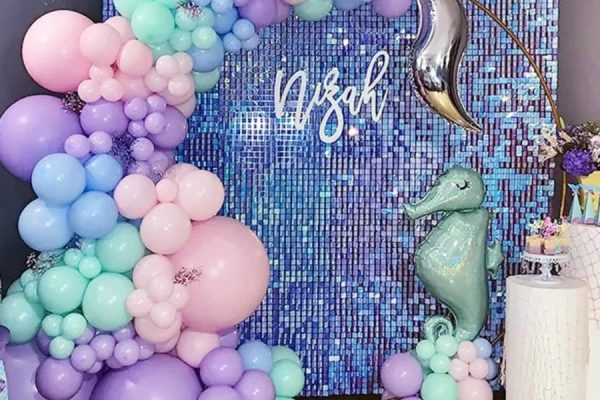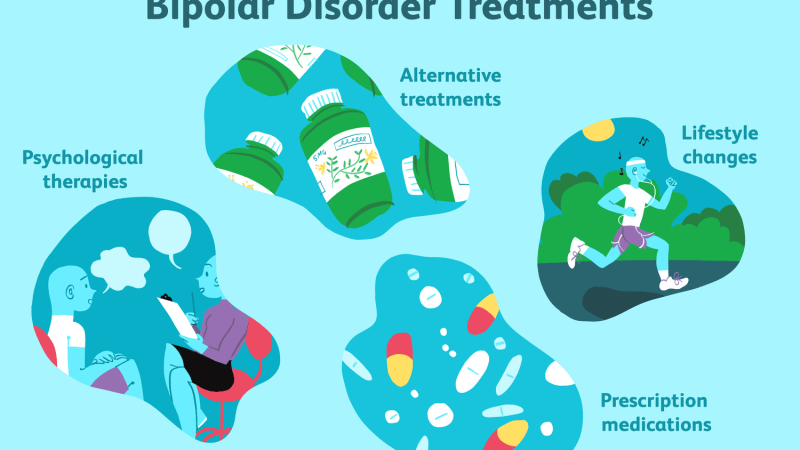Introduction
Let’s face it—on Amazon, your product is only as good as it looks. Shoppers scroll fast, click even faster, and make snap decisions based on how well your listing grabs their attention. That’s where Amazon creatives come into play.
But here’s the kicker: what worked yesterday might not work today. Trends shift. Designs evolve. If your creatives don’t reflect what’s “in,” your product might be out—literally out of the cart. That’s why brands turn to experts like Brand Swift Start, who stay ahead of visual trends while keeping performance in check.
🎨 Understanding Amazon Creatives
Types of Creatives on Amazon
-
Main Product Images
-
Infographics
-
Lifestyle Shots
-
A+ Content (EBC)
-
Sponsored Brands Video Ads
Each one plays a role in telling your product’s story and convincing shoppers to hit that Buy Now button.
The Role of Visuals in Buyer Behavior
Visuals drive emotional responses, clarify value propositions, and reduce hesitation. If your images feel outdated or generic, trust us—so does your product.
📈 The Impact of Trends on Consumer Perception
Keeping Up with Design Styles
Minimalism? Retro vibes? Bold typography? These styles come and go, but sellers who stay updated are the ones who own the search results.
Trend-Driven vs. Timeless Content
Some visuals are evergreen. But pairing classic design with trend-relevant elements (like Gen Z fonts or pastel palettes) keeps your brand feeling both trusted and fresh.
🧠 Key Elements of Trendy Amazon Creatives
Typography and Color Trends
Current eCommerce design trends lean toward:
-
Sans-serif fonts (clean and mobile-friendly)
-
High-contrast palettes
-
Bold pastels and gradients
Brand Swift Start ensures your typography and color story are always in sync with buyer expectations.
Lifestyle Photography vs. White Backgrounds
-
White background = clean + professional (great for primary images)
-
Lifestyle images = contextual and aspirational
Trending brands blend both for a complete listing experience.
Incorporating Seasonal Themes
Shoppers love products that feel “in season.” Whether it’s a summer-ready flat lay or a cozy winter scene, updating creatives to match seasons builds relatability.
📊 Data-Driven Creative Decisions
Analyzing Competitor Listings
Want to stand out? Study the top 10 listings in your category. See what they’re doing—and do it better. Agencies like Brand Swift Start constantly audit competitors to spot creative gaps and opportunities.
Using A/B Testing to Measure Impact
Test:
-
Image layout
-
Font size
-
Icon placement
-
Product angles
It’s not guesswork—it’s strategy.
⚠️ Challenges of Staying Trendy on Amazon
Algorithm Constraints
Amazon has strict guidelines. Even if a trend looks cool on Instagram, it might get your listing flagged on Amazon. That’s why it’s smart to trust specialized agencies like Brand Swift Start.
Maintaining Brand Consistency
Trends change, but your brand identity shouldn’t. The trick is knowing how to adapt trends without losing your voice.
🚀 How Brand Swift Start Crafts Trend-Based Creatives
Trend Monitoring and Industry Insights
Their creative team constantly reviews:
-
Consumer psychology reports
-
Amazon trend reports
-
Design trends from global platforms like Behance and Dribbble
Design and Copy That Sell
Brand Swift Start doesn’t just make things pretty—they make things perform. Every image, graphic, or video is designed to:
-
Grab attention
-
Educate quickly
-
Convert browsers into buyers
📈 Success Stories from Brand Swift Start Clients
How Trendy Creatives Boosted CTR and Conversion
One home & kitchen brand updated its creatives with modern icons and soft pastel tones—CTR jumped by 47% in 3 weeks.
Before and After Results
Old creative: Basic text overlays, generic images
New creative: Trendy typography, lifestyle photos, smart infographics
Result: 2x sales in 30 days.
🔮 Future-Proofing Your Amazon Creatives
Evergreen Strategies That Still Look Fresh
Mix classic product angles and A+ layout formats with subtle modern touches like:
-
Updated font stacks
-
Trendy colors
-
Optimized icons
Leveraging Trends Without Being Trendy
Don’t chase every trend. Learn to spot which trends align with your audience’s style. That’s where Brand Swift Start shines.
🛠️ Tools to Help Identify and Apply Trends
Creative Research Tools for Amazon Sellers
-
Helium 10 – for top-performing listings
-
Jungle Scout – to spy on top creatives
-
Canva Trends – for emerging styles
-
Pinterest – to explore seasonal visual trends
Platforms That Predict eCommerce Design Trends
-
Behance
-
Dribbble
-
Creative Market
These platforms are treasure troves of inspiration—and Brand Swift Start taps into them regularly.
🧩 Building a Trend-Responsive Workflow
Frequency of Creative Refresh
-
Hero image: Every 6–9 months
-
A+ Content: Annually or by season
-
Video: Every 12–18 months or new product launch
Collaborating with Designers and Agencies
Don’t do it all yourself. Collaborate with experts who understand not just design—but Amazon’s design rules. Brand Swift Start handles all creative touchpoints, from mood board to upload.
🎯 Conclusion
In the ultra-competitive Amazon marketplace, outdated creatives = lost sales. Trends influence buyer behavior more than ever before. That’s why your product visuals need to stay sharp, relevant, and aligned with what’s working now—not last year.
Whether you’re launching your first listing or refreshing an old one, working with a creative agency like Brand Swift Start helps you stay on trend, stay compliant, and stay profitable.
❓ FAQs
1. How often should Amazon creatives be updated?
Ideally every 6–12 months, depending on category and seasonality.
2. What trends are currently popular for Amazon creatives?
Minimalist design, bold product claims in icons, pastel color palettes, and lifestyle shots with real people.
3. Can trendy visuals hurt my branding?
Not if done right. Pairing current design trends with your core brand elements keeps your identity intact.
4. How does Brand Swift Start track visual trends?
They use a mix of internal testing, industry reports, competitor audits, and global design resources to stay ahead.
5. Are lifestyle images better than studio shots?
Both are important. Use studio shots for clarity and compliance, lifestyle images for context and conversion.









